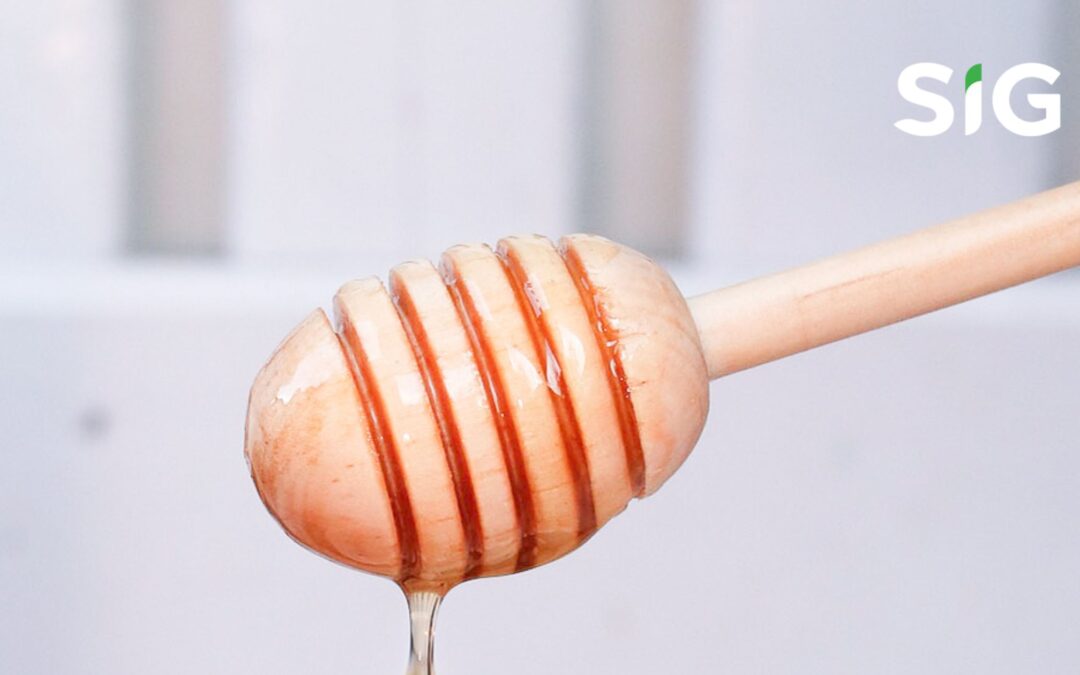Honey, which has been known for centuries as a natural sweetening liquid produced by bees from flower nectar, is at risk of being counterfeited. The recent surge in interest in consuming honey as a sweetener instead of sugar has led to irresponsible individuals producing fake honey.
What is Fake Honey?
According to the National Library of Medicine, honey adulteration is generally indicated in 3 ways:
Direct Adulteration
Adding sugar to honey to increase the sweetness level
Indirect Adulteration
Overfeeding bees during the nectar period with honey, chemicals, and sugar to get more honey from the hive
Blending
Mixing pure and high-quality honey with cheap and low-quality honey.
Effects of Consuming Fake Honey
- Reduces the antibacterial properties of real honey
- Increased blood sugar levels
- Raises the potential for diabetes & obesity
- Increases insulin secretion
- May lead to kidney and liver disorders
SIG Support in Detecting Fake Honey
Technically, there are various methods and approaches to prove genuine or fake honey, such as HMF and Diastase Enzyme testing, but the general honey examination can use laboratory testing based on Indonesian National Standards (SNI). SIG, as an ISO 17025 accredited laboratory can carry out honey tests according to SNI No. 8664:2018, which includes testing for:
- Smell and Taste
- Diastase Enzyme Activity
- Hidroximetilfurfural (HMF)
- Moisturizer
- Ash content
- Reducing sugars (calculated as glucose)
- Sucrose
- Acidity
- Solid insoluble in water
- Heavy metals (Pb, Cd, Hg, As)
- Kloramfenikol
- And other content tests

